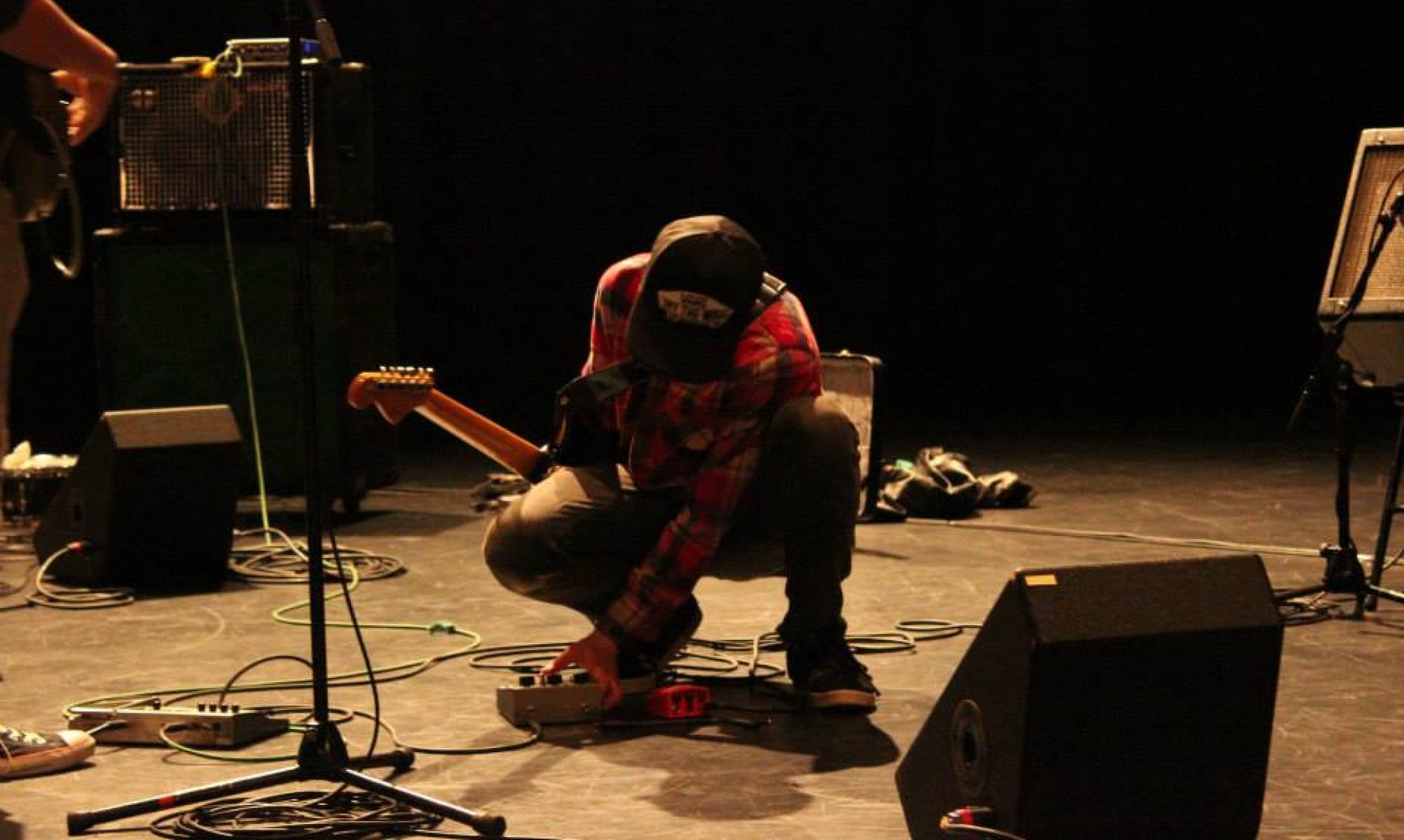After this lesson, you should understand
- the differences between DbSPL, DbFS and DbVU. Specifically, you will understand the technical differences between the three as they relate to the reference 0
- How to prevent hearing loss
DbSPL (Sound Pressure Level)
Unlike the other units we are about to discuss, DbSPL is a measurement that is used to calculate the loudness of sound: the experience of a human hearing actual waves within an environment. Alternatively, DbFS and DbVU are measurements of signal levels. They do not measure acoustical energy.
0 DbSPL is a reference that refers to the quietest sound that a human can experience. For example, a dead leaf hitting the ground in the fall.
A common mistake is to think of decibels as linear. Meaning every time I double the number, it means twice as loud. This is not true. In general, a doubling of perceived loudness occurs every 10dbSPL.
A doubling of acoustical energy does not mean we perceive it as twice as loud. A doubling only represents an increase of 3dBSPL
Note: there is a measurement call dBA. This is closly related to dBSPL but in is weighted to better represent the frequencies that humans hear best at. Meaning 10dBSPL would be higher or lower in dbA depending on the frequencies of the source.
Hearing Protection
Worksafe BC will measure workplace hazards in dBA.
This is a great resource to reference sounds that can cause damage
Hearing loss can occur from the below conditions
- 85 dBA and you are exposed to it for at least 8 hours.
- 100 dBA and you are exposed to it for at least 14 minutes.
- 110 dBA and you are exposed to it for at least 2 minutes.
In general, do not compose at volumes above 50% on your laptop. On an interface, typically, your output volume should not exceed 10oclk on the the output dial.
dBFS and dbVU (Full Scale and Volume Units)
Both of these dB references refer to signal. VU is encountered in analogue settings; whereas, FS is usually in digital spaces.
The main difference between these two are the meanings of 0.
In dbFS, 0 refers to the maximum output or signal before digital distortion occurs.
Alternatively, in dbVU, 0 refers to the average or nominal level the system like to work at. However, if you exceed this level, you will not necessarily distort. This metering system has 12dBVU of headroom built into it before it will distort.
Practically, when using dBFS you should aim to have your recordings average at -12dbFS. Even lower, if the source is dynamic. If you are preparing a session to be played on an analogue system then your mixes should average -12dbFS.
More in Depth Comparison (Bonus)
